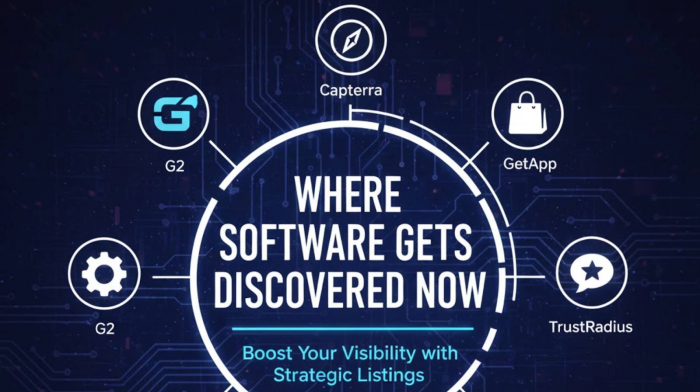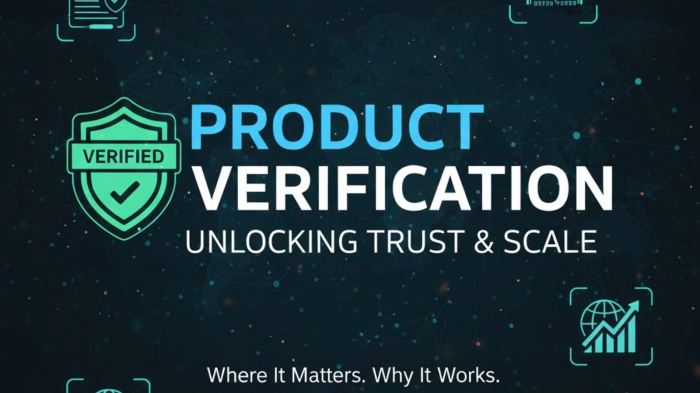It appears that we have reached a stage when the password, which was previously secure, is now a problem. It's happened to everyone: trying in vain to recall a forgotten password, being locked out, or, worse, worrying that someone stole our information. We can't merely rely on "something you know" anymore since the endless loop of making complicated, unique passwords for every service and the nearly certain loss of that data have taught us that. As cyber dangers become more advanced, the topic has shifted from "how do we make passwords stronger?" to "how can we ensure their permanent removal?" The answer is a multi-layered security system that uses both our identity and our possessions to make a barrier that is much stronger than any one password could ever be. We must use biometric and multi-factor authentication. It's a major transformation in our digital life, not simply an update.
The Problems with a World Where Passwords Are the Only Thing

Security flaws in passwords are well-known. There are a lot of methods to attack them online, from basic phishing attempts to more complex brute-force attacks. Consider a credential-stuffing attack, which capitalizes on the common practice of users sharing passwords across many accounts. Hackers use stolen credentials from one breach to access other services in this assault. One compromised password may access several accounts, including email, banking, and social media. Phishing persists despite strong passwords. Hackers can get around hard passwords by fooling people into entering their login information on a fake website. People put convenience ahead of safety, which makes the human aspect the most at risk. We put ourselves out there when we use simple passwords, write them down, or use them on many websites.
The New Standard: Why MFA is Critical
The concepts of multi-factor authentication (MFA) become relevant in this context. MFA needs users to give two or more verification factors from different categories in order to get in. These are usually "something you know" (like a password), "something you have" (like a smartphone), or "something you are" (like a fingerprint).
The necessity for strong authentication is a common problem in many digital fields. For example, when it comes to live dealer games in the realm of online gambling, keeping player accounts and private financial transactions safe is quite important. Cybercriminals love these sites, and they depend on secure identity verification to stop fraud. This is why powerful authentication mechanisms, like MFA, are becoming common requirements. They make sure that only the real account holder can access their money and play.
Biometrics: The New Standard for Security and User Experience
Biometric authentication has gone from being a sci-fi idea to something we use every day. Fingerprint scanners for smartphones, facial recognition to unlock gadgets, and voice authentication are all things we do all the time. This update is driven by improved security and unrivaled usability. Biometric data is personal, unlike passwords, which can be stolen, copied, or forgotten. A "something you are" aspect is hard to fake but not impossible. Modern liveness-detecting biometric systems can distinguish a live scan from a snapshot or fake. This is crucial for spoofing prevention.
This potential can be used by businesses and groups in a big way. Biometric solutions can make the login process easier for users, cut down on help desk calls, and make it easier for managers to reset passwords. Biometric single sign-on (SSO) is becoming more and more common. It lets workers access a lot of apps with just one scan. Companies should think about how to safely store and handle biometric data. It is better to save a cryptographically hashed copy of the biometric data on the user's device, in a secure enclave, than on a central server. One of the biggest privacy concerns with the technology is that a massive data breach may steal the biometrics of thousands of users at once. This keeps that from happening.
Post Comment
Be the first to post comment!





